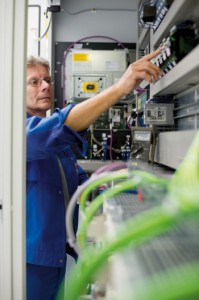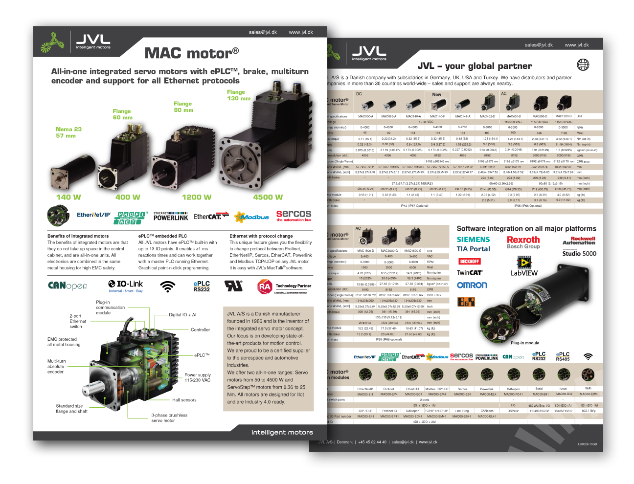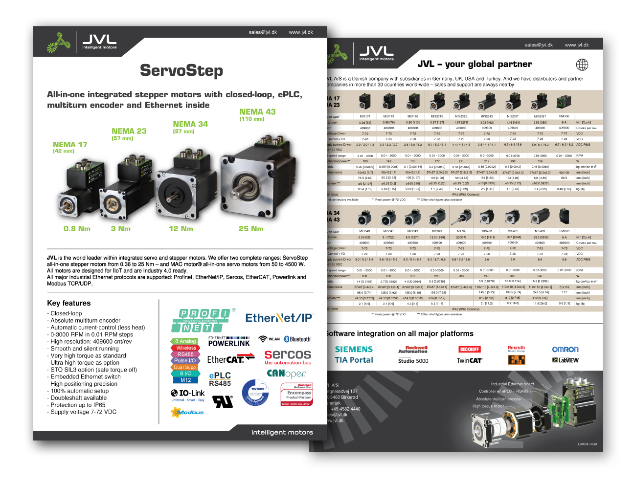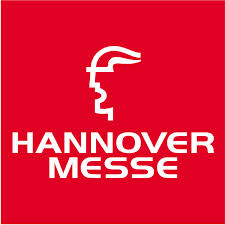
Adopting Industrial Ethernet: Why Now?
Posted by Totally Integrated Automation+.
complexity, and more production flexibility. The problem with data, however, is twofold: manageability and communications.
Ideally, manufacturers can leverage the industrial experience of fieldbus deployments with the openness and flexible options of industrial Ethernet. That is what PROFINET does. With it, manufacturers that are currently operating in all-fieldbus or hybrid networking environments can simplify their networks, reduce network maintenance costs, and gain greater flexibility in configuring and adapting them to new processes and requirements. They’ll also realize virtually limitless scalability in the number of PLCs and network devices their networks can support. This will lay the foundation for joining the world’s data-driven manufacturing renaissance and sharpening their competitive edge at the same time.
PROFINET is the world’s leading industrial Ethernet protocol, with almost 5 million nodes in operation. It uses Ethernet’s TCP/IP standards for non-time critical communications, such as diagnostics, but adds specific deterministic real-time channels to achieve real-time communications in as little as 31.25 microseconds. Specifically, PROFINET offers scalable communications in three modes:
Another PROFINET benefit is up to 50 percent less downtime when errors occur. That’s because device, network, and process error alarms are transmitted within milliseconds from the device to the controller. Resets can be programmed to trigger automatically if errors are minor. For major ones needing human intervention, remote diagnostics can be done and remedies implemented via tablets and smartphones. This feature contrasts with time-consuming diagnostics requiring much more manual interventions that can cost thousands of dollars an hour when production lines are stopped.
Industrial Ethernet such as PROFINET, joined with real-time data, can transform decisions from plant to supply chain.
|
For many people outside advanced manufacturing industries, any mention of the "shop floor” invokes mental pictures of loud, dirty, and sometimes dangerous workplaces. But people on the inside know otherwise. Modern manufacturing is highly automated and conducted in clean, well-lit environments where safety is a foremost concern. They also know that greater innovations are coming that will further change how manufacturing is done. One of these developments is data.
Data, especially real-time data, has transformational power. It can provide insights for better decisions, faster responses, greater efficiencies, simplified |
|
||
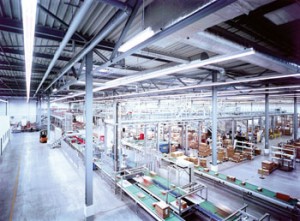 |
|||
For years, Totally Integrated Automation (TIA) has made tremendous strides in addressing both these issues, with much greater visibility and transparency along manufacturing’s entire value-added chain. Further, the business ecosystem surrounding production has also experienced a data revolution that’s boosted visibility and transparency. Yet data’s growing volumes, especially outside manufacturing, challenge a manufacturer’s ability to keep up. Nonetheless, data exchange from a variety of sources is starting to blend manufacturing with design, engineering, procurement, marketing, and sales.
Today, an entire plant can be run remotely via an iPad. Factories are becoming smarter. Monitoring production in real time provides nearly instantaneous feedback that can help define and refine the next generation within weeks and months instead of years.
This goes far beyond a Walmart cashier ringing up a box of Pampers through a register (in effect, a data-entry terminal) that sends an EDI replenishment signal to Procter & Gamble. Technologies such as additive manufacturing and 3D printing will create more mass customization as well as production at the point of use. This is just a glimpse of manufacturing’s revitalization.
It’s a new age that will accelerate reductions in cycle times and costs, boosting competitiveness and margins. It will undermine offshoring’s advantages by making the cost and time of transportation new considerations. Furthermore, it will save energy and, ultimately, the environment.Data is driving this transformation, which in turn generates even more data–mountains of it, much of it in real time, with a lot of its value being extremely perishable.
To address data manageability, tools are available to mine so-called big data for nuggets of information and insights. Those tools are becoming ever more sophisticated. To handle data communications more effectively–and with greater scale–industrial Ethernet protocols such as PROFINET will accelerate the inroads made into manufacturing over the past 15 years. It will replace aging fieldbus technology that continues to be serviceable but cannot keep pace with the changes going on all around it.
Fieldbus and Industrial Ethernet: Complementary Technologies
Fieldbus is a term used to describe a group of industrial networking protocols as defined by IEC 61158. They were commercialized in the 1980s and provide real-time distributed control of the components comprising an industrial system. Among these serial bus protocols are AS-Interface, BITBUS, CAN, Interbus, Modbus, and PROFIBUS. Of these, PROFIBUS is most widely used, with over 35 million nodes worldwide as of 2012.
Ethernet, also commercialized in the 1980s, is a digital networking system originally designed to operate in near real time. It has since been adapted for use in industrial data communications and control. At the same time, it’s become the world’s de facto networking standard for wired and wireless applications.
In fact, advancements in Ethernet protocols over the years have minimized its latencies to such an extent–below human perception levels of 21 milliseconds–that it is now used to transport voice and video in near real time. PROFINET, one of several available industrial Ethernet protocols, has gone further to enable real-time communications for industrial uses with cycle times of less than 1 millisecond.
Where have fieldbus and Ethernet technologies fit into the control hierarchy of complex, automated industrial systems? Both have long-held roles. At the high level, the Human Machine Interface (HMI) communicates via Ethernet with a middle layer of PLCs that in turn are linked via fieldbus technology to their various sensors, motors, switches, and other devices. Fieldbus has been widely deployed in industrial process control for two reasons. One is that a predecessor control technology, 4-20 mA current loop analog communications, required dedicated wiring between devices. This quickly got expensive and complicated as more devices needed control within industrial environments. A second reason is that a 4-20 mA connection, although much simpler, could only transmit one parameter while fieldbus can communicate several.
Industrial Ethernet: PROFINET, the Best of Both Worlds
Industrial Ethernet refers to the use of standard IEEE 802.3 Ethernet for automation and process control in manufacturing environments that may be subject to temperature extremes, dust, humidity, vibration, electromagnetic interference, and other harsh conditions exceeding the limits set for most information technologies. To adapt Ethernet for these environments, equipment makers "ruggedize” their switches and connectors, while deployments often specify optical fiber cabling to shield signals from ambient electrical noise.
|
|
||
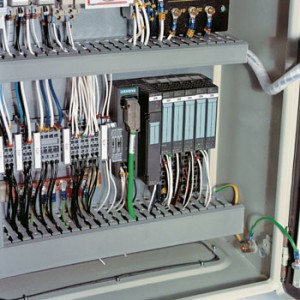 |
|||
- TCP/IP, for non-time critical applications, with reaction times of up to 100 milliseconds
- Real Time (RT), for real-time transfer of time-critical process data, with reaction times of less than 10 milliseconds
- Isochronous Real Time (IRT), for motion control applications, with reaction times of less than 1 millisecond
Another PROFINET benefit is up to 50 percent less downtime when errors occur. That’s because device, network, and process error alarms are transmitted within milliseconds from the device to the controller. Resets can be programmed to trigger automatically if errors are minor. For major ones needing human intervention, remote diagnostics can be done and remedies implemented via tablets and smartphones. This feature contrasts with time-consuming diagnostics requiring much more manual interventions that can cost thousands of dollars an hour when production lines are stopped.
Importantly, PROFINET also integrates with existing fieldbus systems using a gateway/proxy concept. It is possible to integrate equipment using existing fieldbuses such as PROFIBUS, DeviceNet, and Interbus, without changes to existing devices, protecting investments. This ability provides industrial engineers and plant operators tremendous flexibility in how they migrate to industrial Ethernet.
|
Unlike other available fieldbus and industrial Ethernet technologies, PROFIBUS and PROFINET are interrelated to the extent that both are governed by PROFIBUS and PROFINET International (PI), the world’s largest automation community with over 1,400 member companies. Additionally, PI collaborates with many industrial standards bodies to ensure compatibility and interoperability.
The kinship between PROFIBUS and PROFINET goes deeper than their names and PI’s oversight: PROFINET leverages PROFIBUS technologies with care to ensure migration can occur smoothly and without significant costs in components or production downtime. To deploy PROFINET, the following three approaches depend on the situational environment:
|
|
||
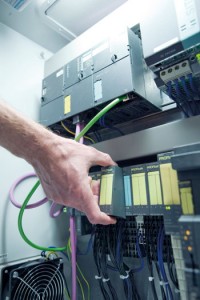 |
|||
- Greenfields: These deployments are easiest, of course, because no legacy infrastructure needs consideration and accommodation. A production process can be completely tailored to achieve optimal results, and then quickly reconfigured in response to the demands of new opportunities or requirements.
- Step-wise migration: To conserve legacy fieldbus investments, plant operators can choose to upgrade one part of a facility at a time, perhaps during seasonal slack times, cyclical down times, or when retooling. This avoids potentially expensive disruptions to plant production, and project management is much easier.
- Rip-and-replace: For fieldbus infrastructures that have clearly outlived their utility, this approach may be appropriate. Although inherently disruptive, plant operators will gain Ethernet benefits immediately. Similar to a step-wise one, rip-and-replace migrations obviously are best done during plant downtimes.
One of the most important factors in successfully migrating to industrial Ethernet, whether PROFINET or another such technology, is the team in charge of the project. It has to empathize with a fieldbus culture that may prefer to leave that infrastructure in place while selling the vision, not only of the Ethernet migration, but also of how that will enable the plant–and all employees–to take part in the manufacturing renaissance now underway around the world.
Doing Nothing Is Not an Option
For many manufacturing and industrial facilities, today is the best time for migrating to PROFINET. Why? Because standing still has its own costs–opportunity costs–that grow larger and compound with each passing day. That’s even more evident when a production line goes down and requires manual troubleshooting while output and customer shipments wait for it to be fixed.
As a technology, PROFINET is established and proven in thousands of customer applications spanning just about every production industry, from aerospace to mining to food processing. More devices with PROFINET connections are continually expanding the range of applications across all industry sectors that bring with them more flexibility, efficiency, and performance.
Bottom line: PROFINET is one network for IO, process instruments, motion controllers, and functional safety. Integrated with the IT environment, it provides enterprise transparency from top to bottom and serves the need of multiple industries. That is a very good option, indeed.
JVL A/S Bregnerødvej 127 DK-3460 Birkerød Denmark
Tel: +45 4582 4440 Fax: +45 4582 5550 E-mail: jvl@jvl.dk
Tel: +45 4582 4440 Fax: +45 4582 5550 E-mail: jvl@jvl.dk

